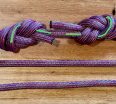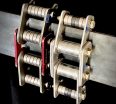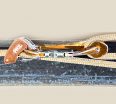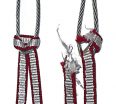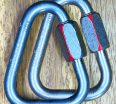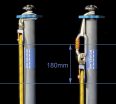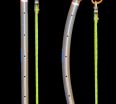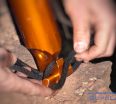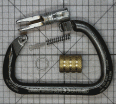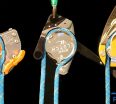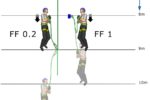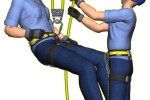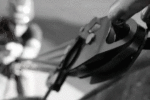Aerial performer rescue planning
Aerial performer rescue: from crane.
In early 2022 I was approached by a well-known Australian company, Legs on the Wall, about the possibility of providing standby rescue for the world premier of THAW. Now, looking back, THAW was one of the highlight performances of Sydney Festival 2022 and aimed to raise awareness of global warming by having performers working on an ice-form suspended from a crane over Sydney Harbour in the middle of the Australian summer.
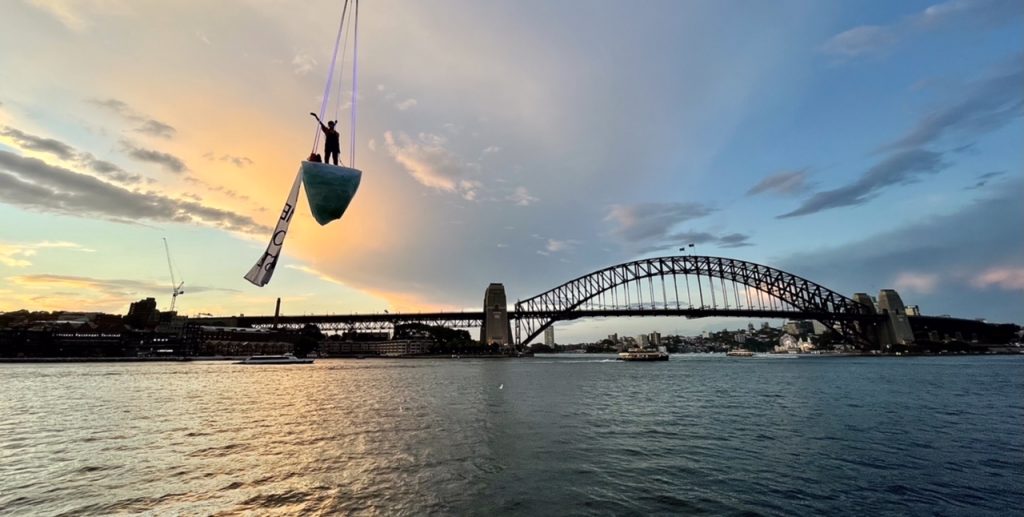
The ice-form really was ice. It was made from 2,400 litres of water frozen in a mould shaped to resemble an ice-berg with a 2m x 2m top flat surface. A new ice-form was used for each of the three performance days as approximately two thirds melted away over the 10 hours of use each day.
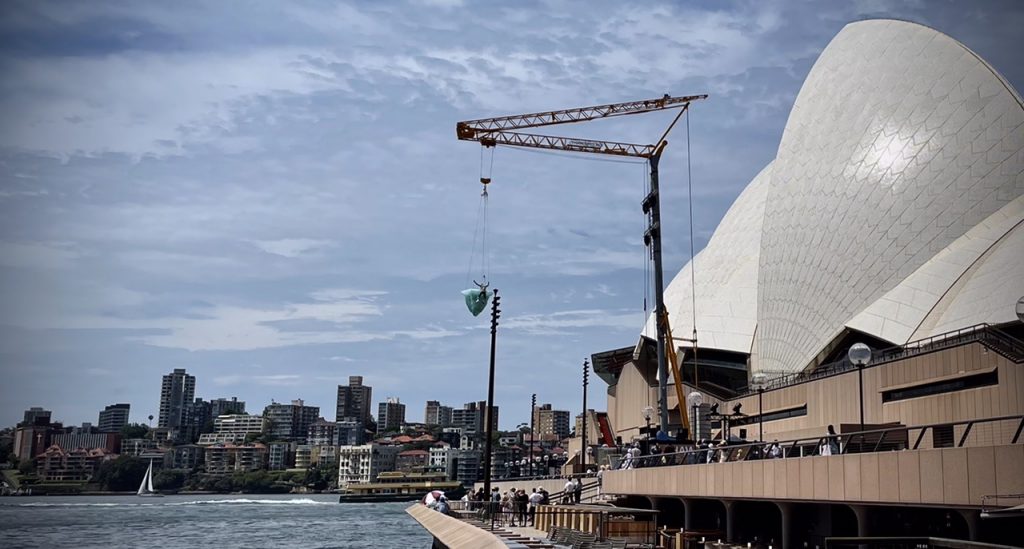
A Potain IGO36 mobile trailer crane was positioned on the forecourt of the Sydney Opera House and it was powered by mains electricity. In the configuration used, the hook could be positioned up to 21m high, at a 14m radius from the mast, and anywhere in the possible 360 degree range of slew (mast rotation). Movement of the ice-form up, down, left, right, in, and out was part of the performance. Each day was broken into three consecutive 3-hour solo performances and, to allow performer transition, the ice-form would return to a start/finish position on the forecourt with a built platform for safe access.
I was asked to develop a Rescue Method Statement to cover a range of possible scenarios including loss of mains power, inability to hook-down or slew the crane, and a stranded and/or injured performer.
I am aware that cranes are used for many performances and each of these will place unique requirements on both the likelihood and complexity of performer recovery. The Potain IGO36 does have a manual release to lower the hook in the event of power loss, however this was not considered an option given the majority of the performance was over water and, if in water, the ice-form would not float with a level top surface.
Rescue planning

Upper level Rope Access technicians are assessed every three years and often need to perform a rescue that requires the rescuer to perform a rope-to-rope transfer so, as someone who assesses technicians performing this skill most months, it is something I am very familiar with. This seemed the obvious basis for the Rescue Method Statement. If there was one rope set to the head of the crane mast, and a second set to the trolley on the jib (not on the hook/block) then these ropes would allow direct approach to the performer and a simple pendulous path back to the base of the crane.
We spoke with the crane owner about where we planned to set the ropes, confirmed anchor points and loadings, and ensured that there was no potential for interference or tangles during operation of either system.
We opted to use an ActSafe RCX battery powered ascender on the rope to the trolley as with this, the whole approach and recovery should be possible in a matter of minutes.
As is the case with most modern rope rescue planning, a second rope with free-running backup devices was included in both directions. Further, to eliminate the possibility of descending off the bottom of any rope, the ropes were configured as loops with no free ends.
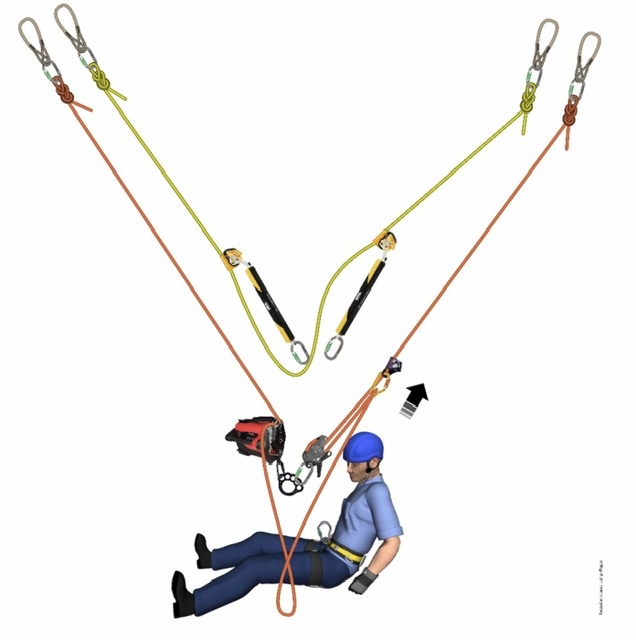
The rescue was practiced during an off-site rehearsal and, even with the performer tangled in their rigging and positioned on the far-side of the ice-form, the whole rescue was complete in less than five minutes.
The final adjustment to the system was to ensure that the ropes to the trolley could be held clear of the visual framing set by the mast and jib of the crane. This was accomplished with a simple releasable redirection controlled from the ground. A small counterweight was also set on these ropes so that they would not sag as the trolley moved in and out.
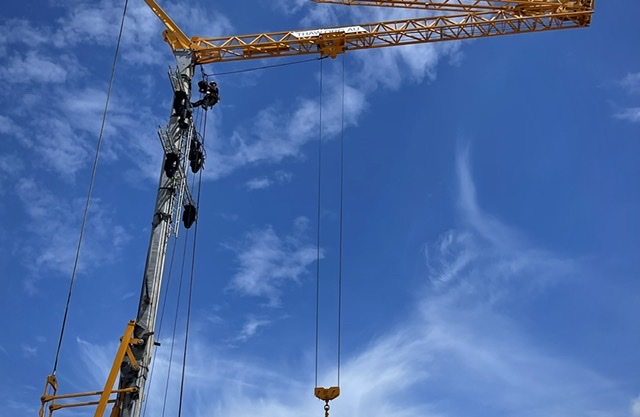
It was a pleasure to work with every member of the Legs On The Wall team. The performance was captivating and a continual stream people stopped and watched for hours at a time.
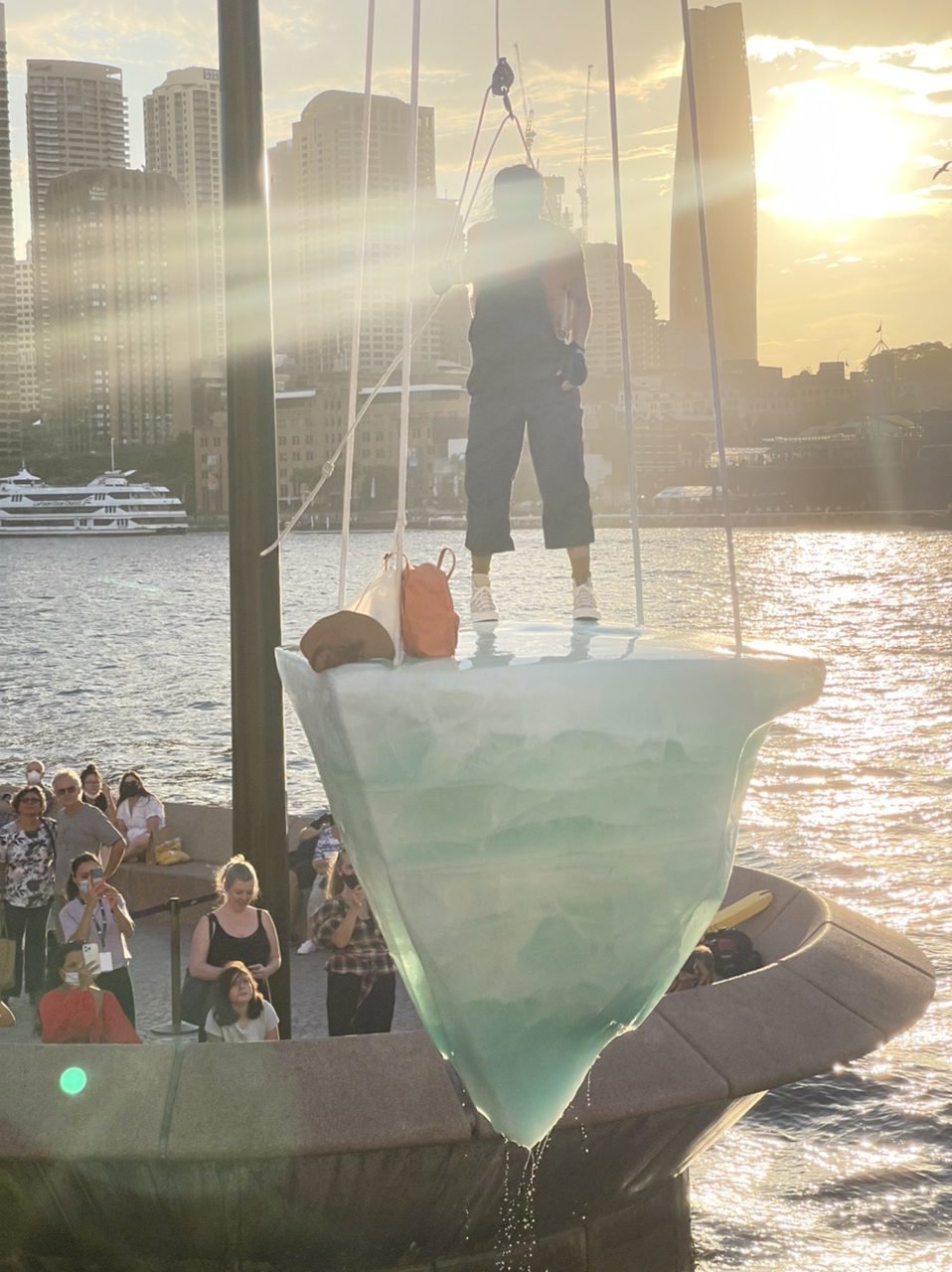
As hoped, no rescue was needed – which perhaps questions the need for such considered rescue planning. However that is the whole point. The show should run like clockwork – especially with companies like Legs On The Wall. But, that one time when something does go wrong, especially something reasonably foreseeable, we must have a plan in place.
Big thanks to Legs On The Wall for allowing me to share the key elements of the Rescue Method Statement we developed together. By sharing information like this freely, perhaps it makes us all safer and better.
(c) Richard Delaney, RopeLab, 2022



